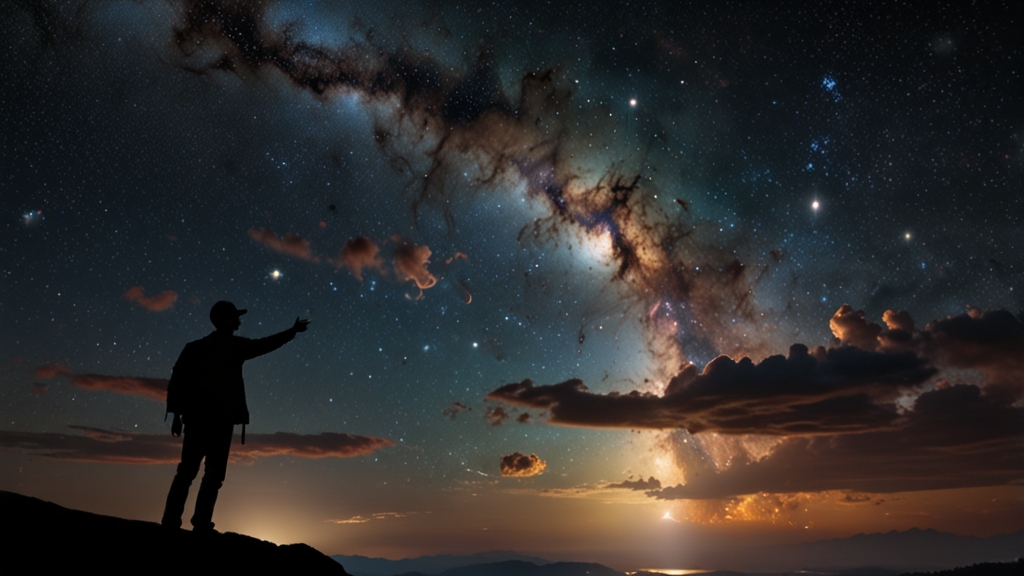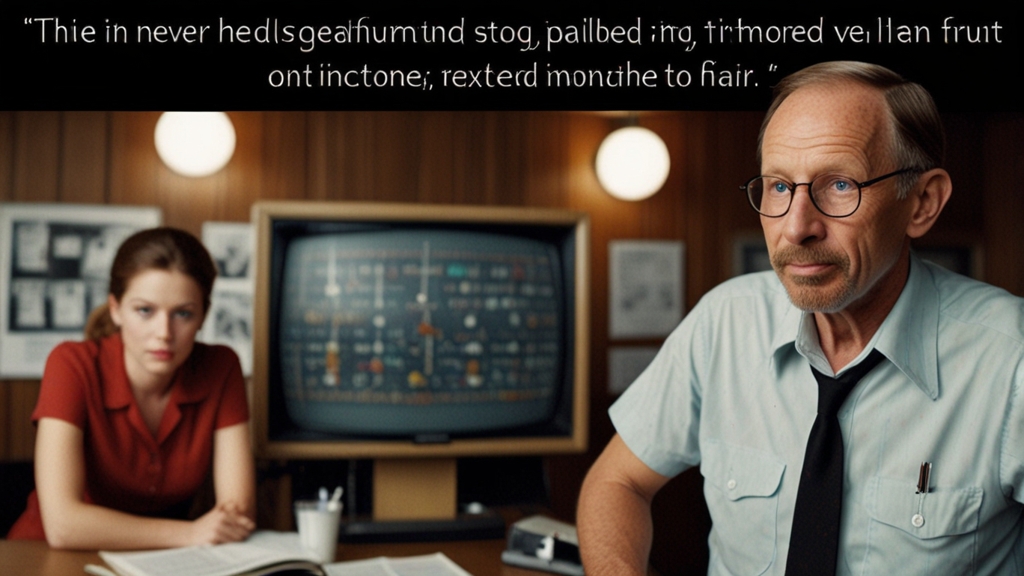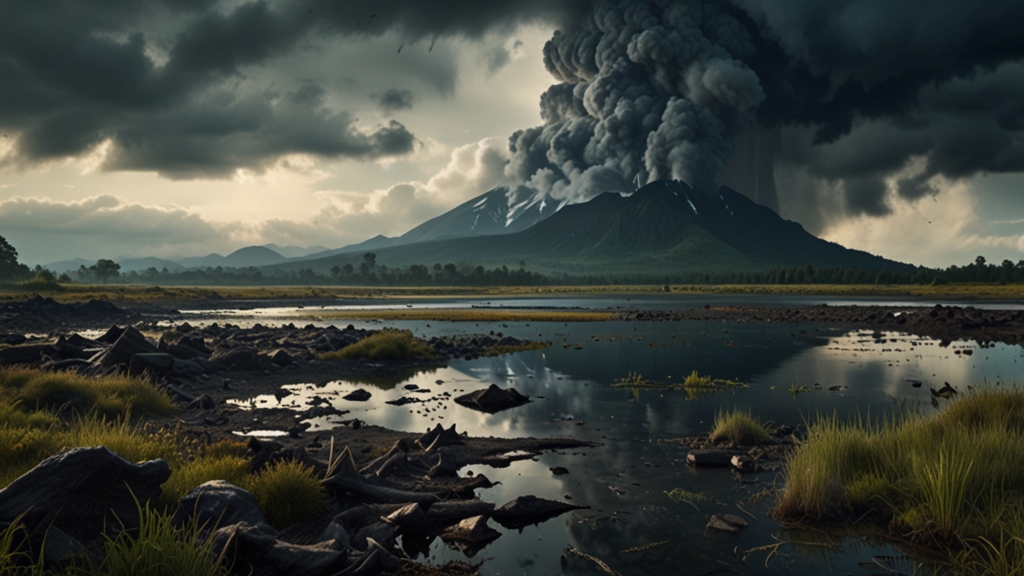Celestial Events That Will Blow Your Mind in the Next Decade
The sky has always held a special fascination for humanity, a canvas splashed with glittering stars, mysterious planets, and awe-inspiring phenomena. As we look to the next decade, there are numerous celestial events that promise to captivate our imaginations and remind us of the vastness and beauty of the universe. From eclipses to meteor showers, here are some events that you definitely won’t want to miss.
Total Solar Eclipses
One of the most spectacular astronomical events, a total solar eclipse, occurs when the moon completely covers the sun, casting a shadow on Earth and plunging day into night. These events are relatively rare and tend to draw viewers from all over the globe.
On April 8, 2024, a total solar eclipse will cross North America, providing an unforgettable experience for millions of people from Mexico to Canada. The path of totality will include major cities such as Dallas, Indianapolis, Cleveland, and Buffalo, making it accessible to a large audience. Another noteworthy eclipse will occur on August 12, 2026, visible mostly from the Arctic and parts of Greenland, Iceland, and Spain.
Lunar Eclipses
Lunar eclipses might not be as dramatic as solar eclipses, but they are stunning in their own right. A total lunar eclipse, or "blood moon," occurs when the Earth comes between the sun and the moon, casting a reddish shadow over the lunar surface.
A total lunar eclipse is a humbling reminder of our place in the cosmos, as the sun, Earth, and moon align in perfect celestial harmony.
Upcoming total lunar eclipses include the ones on May 26, 2024, and September 7, 2025, both of which will offer breathtaking views visible from various parts of the globe.
Great Conjunctions
A great conjunction is a rare event where Jupiter and Saturn appear very close to each other in the sky. The most recent great conjunction occurred on December 21, 2020, and the next one will be visible on October 31, 2040. Though this is just outside our decade of focus, similar but less rare conjunctions of other planets will continue to be a delight for sky watchers.
For instance, look out for the conjunction of Mars and Jupiter on August 14, 2024, when the two planets will appear extremely close together, creating a stunning sight in the early morning sky.
Meteor Showers
Meteor showers are among the most approachable celestial events, as no special equipment is required to enjoy them—just a dark sky and a bit of patience. The Perseids and Geminids are two of the most reliable meteor showers, occurring annually and producing numerous shooting stars per hour at their peak.
The Perseids, peaking around August 12 each year, will offer particularly good viewing conditions in 2027 and 2028, thanks to a new moon providing darker skies. The Geminids, peaking around December 14, will also shine brightly in the next decade, with peaks in 2026 and 2027 being especially promising due to favorable lunar phases.
Comet Appearances
Comets are among the most mesmerizing objects in the night sky, their elongated tails and bright comas making for unforgettable experiences. While predicting exact appearances and brightness can be tricky, a few comets are expected to make notable showings in the coming years.
The return of Halley's Comet may be a once-in-a-lifetime event, but the arrival of other spectacular comets offers opportunities for stargazers to feel that same thrill.
Comet 67P/Churyumov-Gerasimenko, famed for the ESA's Rosetta mission, will reach perihelion in 2026 and may offer a good show. Additionally, Comet Encke, the comet with the shortest orbital period of any known comet (just over three years), will be visible several times in the next decade, providing multiple opportunities for viewing.
Conclusion
The next decade promises to be an exciting time for celestial enthusiasts. Whether you are a seasoned astronomer or a curious onlooker, these upcoming events will offer numerous opportunities to marvel at the wonders of the universe. Mark your calendars, prepare your telescopes, or simply find a comfortable spot under the night sky. The heavens have much in store for those who take the time to look up.
As Carl Sagan eloquently stated, "We are made of star stuff." Our fascination with celestial events is, in a way, a journey to understand our own origins and our place in the cosmic expanse.









